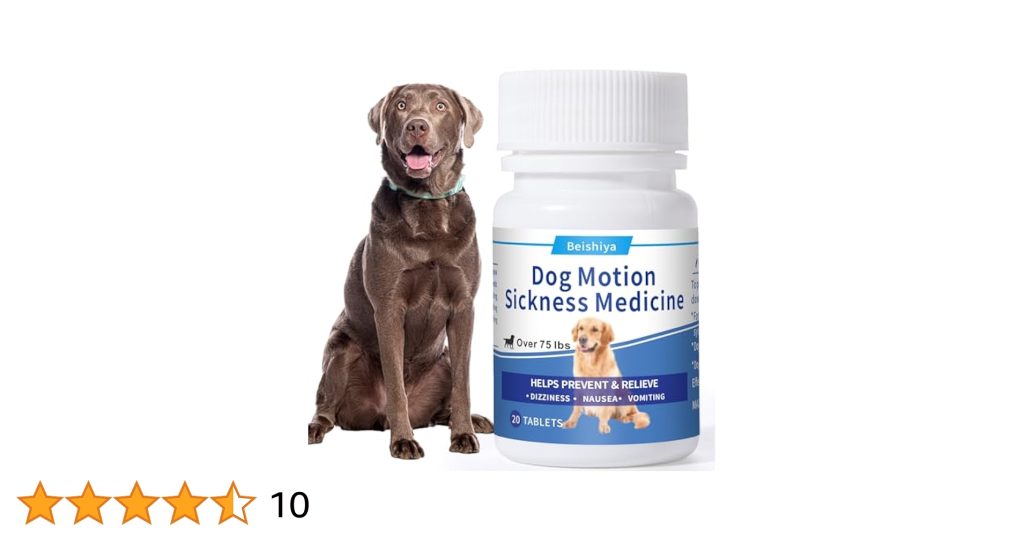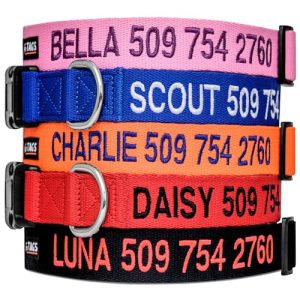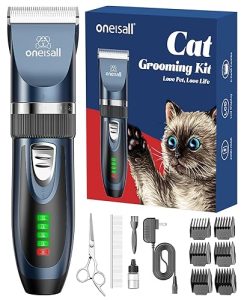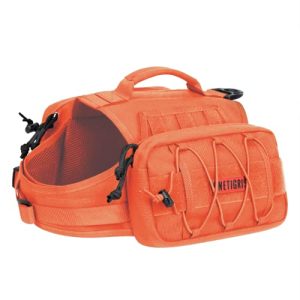Does your dog get uneasy or sick every time you hit the road? Watching your furry friend struggle with car sickness can be tough for both of you.
But what if you could make every trip calmer and happier? You’ll discover simple, effective ways to prevent your dog’s car sickness. By the end, you’ll feel confident turning those stressful rides into joyful adventures. Keep reading to learn how to protect your dog and enjoy every drive together.
Causes Of Dog Car Sickness
Many dogs feel sick during car rides. This happens because their bodies react to motion in ways that cause discomfort.
Understanding why dogs get car sick helps owners prevent it. There are a few main causes to know about.
Motion Sensitivity In Dogs
Dogs can feel sick when their inner ears sense movement, but their eyes do not see it clearly. This mismatch causes nausea.
Some dogs are more sensitive to motion than others. This makes them more likely to get car sick.
- Inner ear balance issues cause dizziness
- Rapid turns or bumps worsen symptoms
- Puppies are often more prone than adults
Anxiety And Stress Factors
Stress can make dogs feel sick in the car. Loud noises and new places can cause anxiety during travel.
When dogs are nervous, their stomachs may react by feeling upset or queasy.
- Fear of car rides increases stress
- Unfamiliar smells or sounds add to anxiety
- Pacing or whining shows discomfort
Previous Negative Experiences
Dogs that had bad car trips can feel sick again later. Past illness or accidents create a lasting fear.
This fear can make them tense and lead to car sickness during future rides.
- Vomiting in the car causes fear
- Accidents or loud crashes increase anxiety
- Negative memories affect future travel
Preparing Your Dog For Car Rides
Many dogs feel uneasy during car rides. Preparing them can reduce sickness and stress.
Getting your dog used to the car helps make rides more enjoyable. Start with small steps.
Short Practice Trips
Begin with very short car rides. These trips should last just a few minutes.
- Take your dog for a quick drive around the block.
- Keep the trips calm and quiet.
- Use treats to reward good behavior after the ride.
- Gradually increase the trip length over time.
Familiarizing With The Car Environment
Let your dog explore the car while it is parked. This lowers anxiety before rides.
| Activity | Purpose |
| Allow sniffing inside the car | Familiarize with new smells |
| Leave the car door open | Reduce feeling trapped |
| Place favorite toy inside | Create positive associations |
| Spend quiet time together in the car | Build comfort and trust |
Comfortable Restraints And Seating
Use safe restraints that keep your dog secure but comfortable. Good seating helps prevent motion sickness.
Here are tips for choosing restraints and seating:
- Use a well-fitted harness or dog seatbelt.
- Choose a soft, padded dog car seat or mat.
- Secure the seat or mat to avoid sliding.
- Keep the area well-ventilated and cool.
- Place the seat where your dog can see outside.
Diet And Feeding Tips
Car sickness can make travel hard for your dog. What you feed and when can help reduce this problem. A good diet plan keeps your dog comfortable on the road.
Adjusting meals and drinks before a trip helps your dog feel better. Small changes in feeding can make a big difference.
Timing Meals Before Travel
Feed your dog a light meal at least three to four hours before the trip. Avoid heavy meals right before travel. An empty stomach can reduce nausea.
If your trip is long, give small snacks during breaks. This keeps your dog from feeling hungry but does not upset the stomach.
- Feed 3-4 hours before travel
- Avoid large meals before the trip
- Offer small snacks on long trips
Choosing The Right Food
Pick foods that are easy to digest for your dog. Avoid rich or fatty foods before traveling. Simple, bland food helps prevent stomach upset.
Dry kibble or boiled chicken with rice are good options. Do not feed new foods just before a trip to avoid surprises.
- Use bland, low-fat foods
- Avoid rich or spicy meals
- Stick to foods your dog knows
Hydration On The Road
Keep your dog hydrated, but avoid too much water before travel. Drinking small amounts often is better than one big drink. This helps reduce nausea.
Offer water during breaks on long trips. Do not let your dog drink too fast, as this can cause discomfort.
- Give small water amounts before travel
- Offer water during rest stops
- Prevent gulping by using small bowls
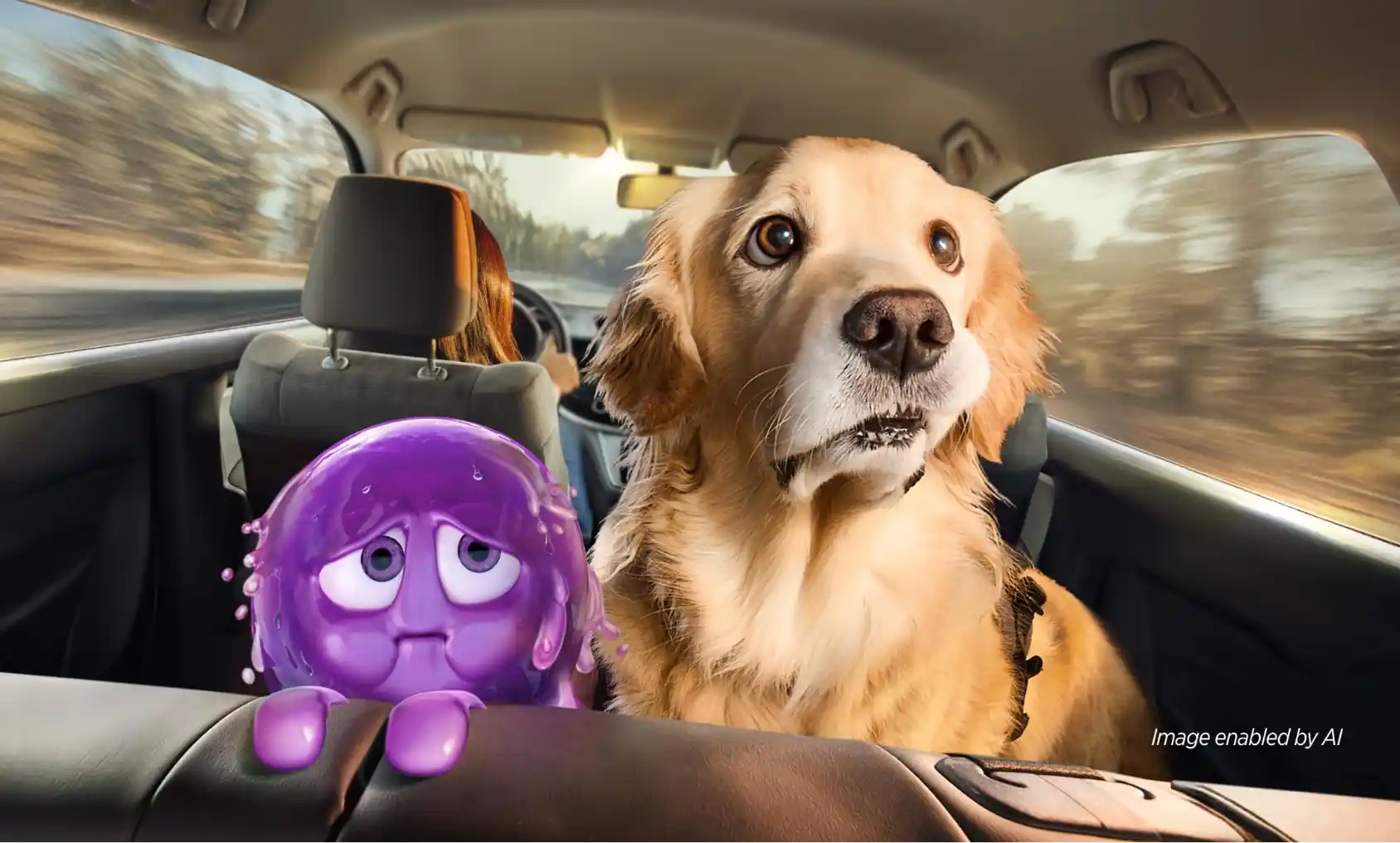
Credit: www.zoetispetcare.com
Calming Techniques During Travel
Traveling with your dog can be stressful if they get car sick. Using calming techniques helps keep them relaxed and comfortable.
These methods reduce anxiety and can make trips easier for both you and your dog.
Natural Remedies And Supplements
Natural remedies can soothe your dog’s stomach and calm nerves. Always check with your vet before giving supplements.
- Ginger treats to ease nausea
- Chamomile tea in small doses
- CBD oil designed for pets
- Vitamin B complex to reduce stress
Use Of Calming Music Or Sounds
Soft music or nature sounds can distract and relax dogs during car rides. Play calming playlists at low volume.
Try these sound options for your dog:
| Sound Type | Effect |
| Classical Music | Reduces anxiety |
| White Noise | Blocks outside distractions |
| Nature Sounds | Promotes calmness |
Gentle Massage And Reassurance
Massaging your dog softly helps relax muscles and lowers stress. Speak in a calm voice to reassure them during travel.
- Use slow circular motions on shoulders and neck
- Stroke their back gently
- Maintain steady eye contact to build trust
- Offer a favorite toy or blanket for comfort
Safe Travel Accessories
Many dogs get car sick during travel. Using the right accessories helps keep them safe and calm. These tools also protect pets and drivers on the road.
We will look at three useful travel accessories. Each one offers a way to reduce stress and sickness for your dog in the car.
Dog Seat Belts And Harnesses
Seat belts and harnesses keep dogs secure in their seats. They stop dogs from moving around too much, which lowers car sickness risk. These accessories also protect dogs in case of sudden stops.
- Choose a harness that fits well and is comfortable.
- Attach the seat belt to the harness, not the collar.
- Practice using the harness at home before car trips.
- Check for crash-tested or safety-certified products.
Travel Crates And Carriers
Crates and carriers offer a cozy and safe space for dogs in the car. They help limit movement and make dogs feel secure. Proper ventilation in crates is important to keep pets comfortable.
| Feature | Benefit |
| Size | Enough space to sit and turn |
| Ventilation | Good airflow to reduce heat |
| Material | Sturdy and easy to clean |
| Safety | Can be secured in the car |
Window Shades And Ventilation
Window shades block bright sunlight and keep the car cool. Good ventilation lets fresh air in without strong drafts. These help dogs stay calm and reduce nausea.
Tips for using window shades and ventilation:
- Install shades on side windows where your dog sits.
- Open windows slightly for fresh air, but keep them safe.
- Use air conditioning if outside air is too hot or cold.

Credit: thenaturaldogstore.com
When To Consult A Veterinarian
Dog car sickness can be troubling for pet owners. Sometimes, it requires professional help. Knowing when to see a veterinarian is important for your dog’s health.
Veterinarians can offer solutions to manage your dog’s car sickness. They can provide guidance on symptoms, treatments, and behavioral changes.
Identifying Severe Symptoms
Watch for signs of severe sickness in your dog. These signs mean it’s time to visit the vet.
- Excessive drooling
- Constant vomiting
- Severe anxiety
- Lethargy
Medication Options
Vets can prescribe medication to help your dog travel comfortably. These medications reduce nausea and anxiety.
Always follow the vet’s instructions when giving medicine. Some common medications are:
- Antihistamines
- Anti-nausea drugs
- Anxiety medications
Behavioral Therapy Recommendations
Behavioral therapy can help dogs get used to car rides. Vets may suggest gradual exposure to car travel.
Start with short trips and slowly increase the duration. Reward calm behavior with treats and praise.
- Short trips at first
- Positive reinforcement
- Calm environment
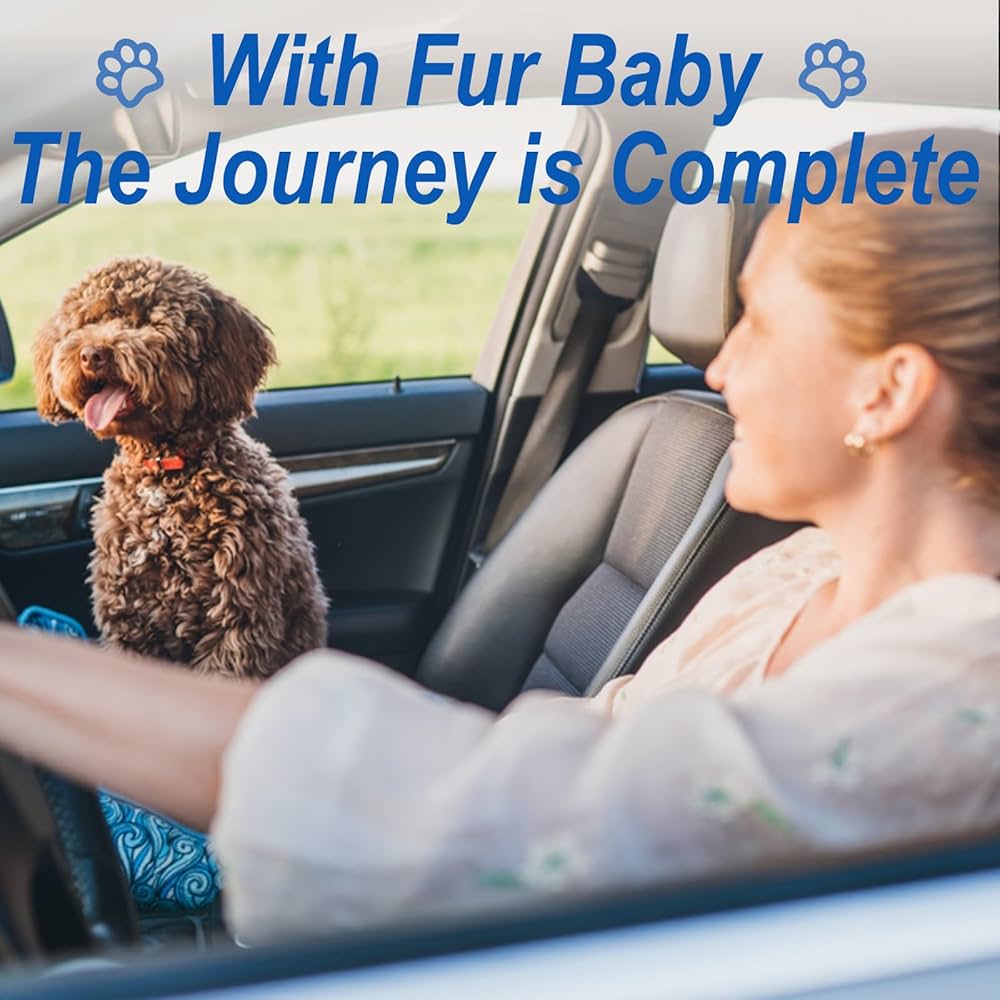
Credit: www.amazon.com
Frequently Asked Questions
What Causes Car Sickness In Dogs?
Car sickness in dogs is caused by inner ear imbalance, anxiety, or motion sensitivity. Dogs feel nauseous due to conflicting signals between their eyes and inner ear during car rides.
How Can I Prepare My Dog Before A Car Trip?
Prepare your dog by taking short practice drives. Offer a light meal 2 hours before travel to reduce nausea. Use calming techniques like gentle petting or familiar toys.
Are There Natural Remedies For Dog Car Sickness?
Yes, natural remedies include ginger supplements, acupuncture, and pheromone sprays. These can help ease nausea and anxiety but consult your vet before use.
Should I Feed My Dog Before A Car Ride?
Feed your dog a small, light meal at least 2-3 hours before travel. Avoid heavy or fatty foods to minimize the risk of vomiting.
Conclusion
Preventing dog car sickness helps make trips calm and fun. Start with short drives to build comfort slowly. Keep your dog cool and well-ventilated in the car. Offer small treats and avoid feeding before travel. Use familiar toys or blankets to ease anxiety.
Watch for signs and take breaks as needed. These simple steps protect your dog’s health and happiness. Enjoy every journey together without stress or mess.

Emily Barker is the founder of ChillDogLife.com, a space dedicated to helping pup parents discover the best dog products, lifestyle tips, and cozy ideas for happier homes.
A lifelong dog lover, Emily combines her passion for pets with a knack for research to share trusted recommendations on everything from toys and furniture to health and everyday care.
Her goal is simple: to make life easier, stylish, and more joyful for dogs and the people who love them.
